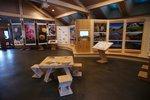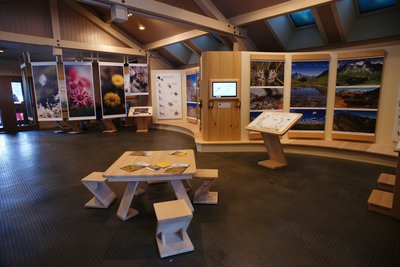Barmus loop trail: Snowshoe Passy
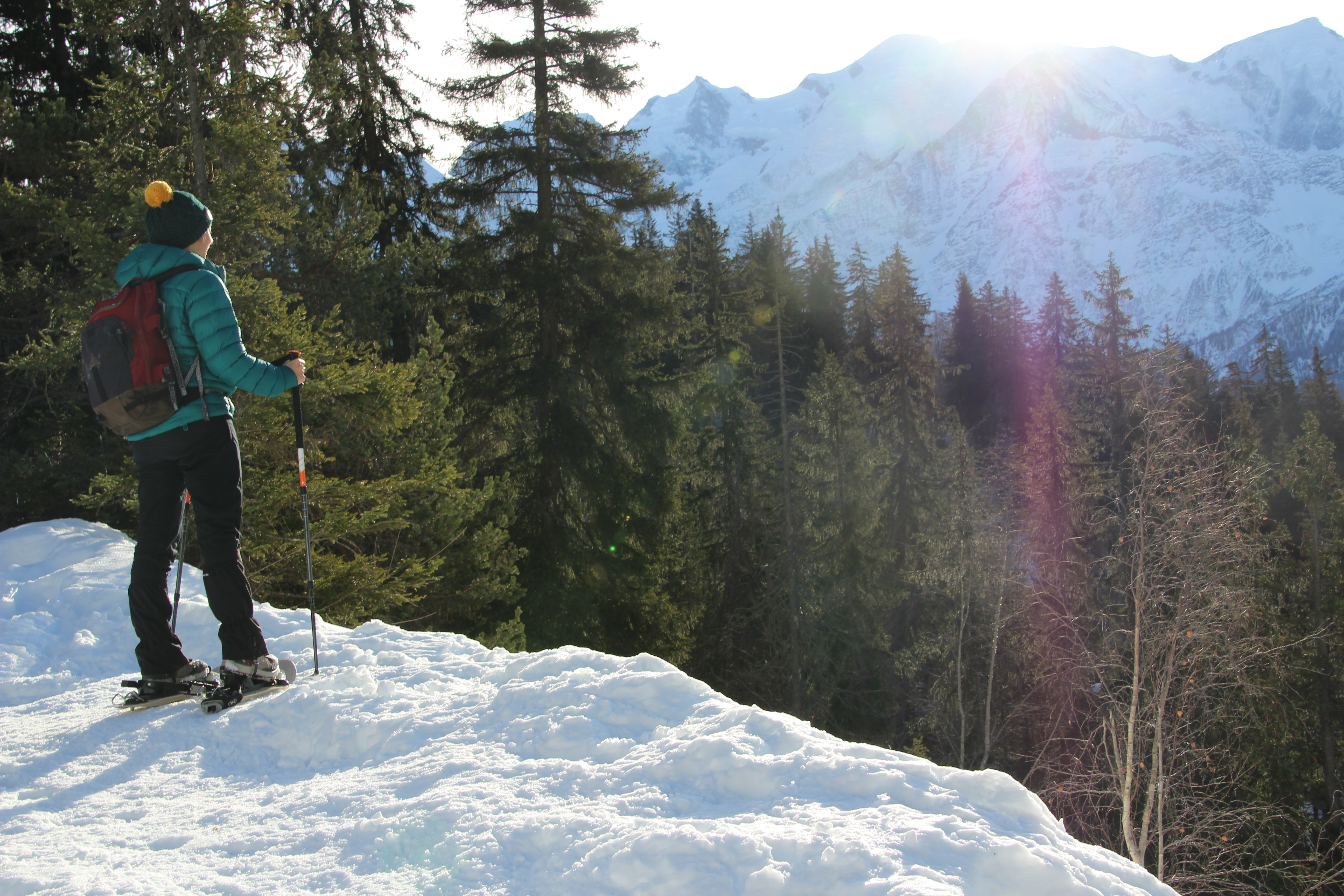
Passy
Barmus loop trail: Snowshoe Passy
Medium
3h30
6,5km
+340m
-340m
Embed this item to access it offline
Right at the entrance to the Passy nature reserve, you can explore the Mont Blanc balcony alpine trek and discover various birds that spend the winter in this pristine environment.
Attachment
- Downloadpdf
boucle-de-barmus-raquette-passy
Credit: Points d'intérêts du parcours - Asters-CEN74
6 points of interest
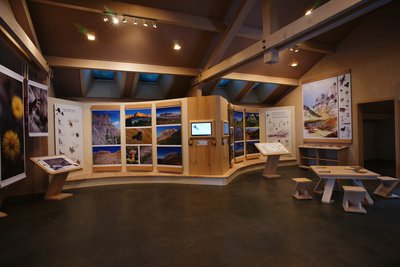
Muséographie Maison de la réserve - Julien Heuret - CEN 74 
La Maison de la Réserve
The exhibition an information office Maison de la Réserve naturelle de Passy is located in Plaine-Joux and welcomes you during the school holidays. The permanent exhibition about fauna, flora and landscapes will open the doors to the nature reserve. You may find answers to some of your questions here and can admire the wild species hidden in nature. If the Maison de la Réserve Naturelle is closed, don’t worry, go up to the passageway. There is permanent free access to information about former (geological times) and present landscapes, the wonders of biodiversity, and the great challenges of the mountains of the future (water, glaciers, global warming...).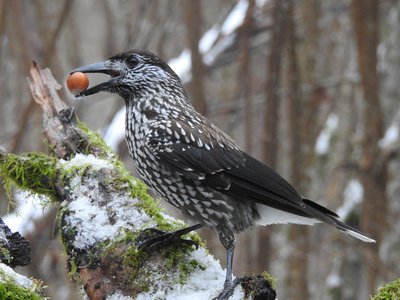
 Fauna
FaunaThe Nutcracker
Its powerful beak enables it to sustain itself mainly on seeds or nuts! In winter, they feed on the seeds of cembros or coniferous pines, which they have stashed in the ground during the summer. This bird is a great friend of the forest too. By carrying these seeds in its beak, it helps to reseed the forest by scattering them mid-flight.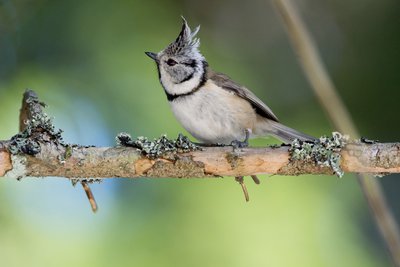
Portrait de Mésange huppée - Julien Heuret - CEN 74  Fauna
FaunaThe Crested Tit
It is a small forest passerine that often lives in the company of its brethren, such as the Black-capped Chickadee or the Willow Tit, as they share the same habitats. Its presence is linked to that of old trees, either dead wood or ageing trees, also known as "senescent wood". It is particularly fond of coniferous forests (spruce, pine and fir). It is a lively little ball of energy, constantly on the move and recognisable by its crested tail. It feeds on small insects, larvae and spiders, as well as conifer seeds.
Asters  Fauna
FaunaWhat to do if you encounter a wild animal?
During the harsh winter conditions, animals have no other choice than trying to survive, one day at a time. Our presence on their territory will obviously disturb them, and even frighten them; so let's try to minimize this disturbance: - Stop and wait quietly untill the animal goes away. - Do not shout or make sudden movements which would stress the animal even more. - Do not try to approach it nor follow it.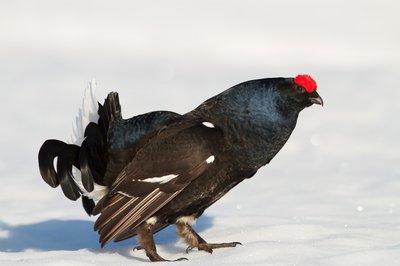
@geoffreygarcel  Fauna
FaunaThe Black Grouse
A species that is particularly sensitive to human disturbance, the black grouse finds refuge for the winter in the northern valleys, enabling it to conserve its energy by reducing its physical activity. A fierce bird and an icon of mountain wildlife, the black grouse takes its name from the shape of its tail feathers, which are curved in the shape of a lyre! Males, or roosters, have blue-black plumage all year round. The hen, who raises the chicks alone, has a less flamboyant reddish-brown plumage, enabling her to blend into the landscape and protect herself from predators. This ability to go unnoticed in their natural environment is known as homochromy.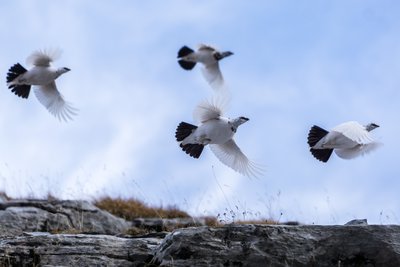
@JulienHeuret  Fauna
FaunaThe rock ptarmigan
This species, gifted with an exceptional ability of mimicry, is able to alter its plumage between the summer and winter seasons in order to blend in with its environment. In winter, its plumage is plain white; in summer, there are brown and black patches on top; in autumn: greyish with white patches on top. Its name, which means "hare's foot", comes from the fact that its feet are covered in thick fluff during winter! It is one of the most endangered birds in the Alps. In the Haute-Savoie nature reserves, populations are monitored every year to assess changes in numbers, with the help of the " Observatory of Mountain Galliformes ".
Description
Leave the cottage and head towards the Maison des lutins (Elf house), skirting along the kids' surface lift on the right. Continue as far as the beginning of the Blaireau ski lift. Next to it, take the marked forest path. Follow the path over Lac Vert up to the Chalet d'Ayères refuge. To the left of the refuge, take the path up through the forest to the Chalets des Mollays. Go through the "village" and turn left after the final climb. Enter the forest on a straight stretch until you reach the Arc-en-ciel ski lift and the Barmus chalets. Then descend along the slopes to the left, keeping to the snowshoe area until you reach the resort.
- Departure : Maison de la Réserve naturelle de Passy (Plaine-Joux)
- Arrival : Maison de la Réserve naturelle de Passy (Plaine-Joux)
- Towns crossed : Passy
Altimetric profile
Recommandations
Beware: Trail surface conditions are subject to change, so be sure to inform yourself before setting off. Please always take care when out hiking. Asters, CEN 74 cannot be held responsible in the event of any accident or incident whatsoever that may occur on this route. Before setting off : - Find out about the weather conditions: adjust your equipment accordingly. - Hike along signposted routes at your own risk. - Walking times are given as an estimate only. You are walking through a fragile environment: please respect it. Access to the trail is subject to weather conditions. For more information, contact the Chamonix High Mountain Office: +33 (0)4 50 53 22 08. https://www.chamoniarde.com/
Information desks
Transport
The station is also accessible via the L85 bus service (SAT Mont-Blanc).
Access and parking
Get to the Passy Plaine-Joux resort via the D43 road. Car parking is at the entrance to the resort.
Parking :
Parking Plaine-joux station
Accessibility
- Emergency number :
- 114
Report a problem or an error
If you have found an error on this page or if you have noticed any problems during your hike, please report them to us here:
